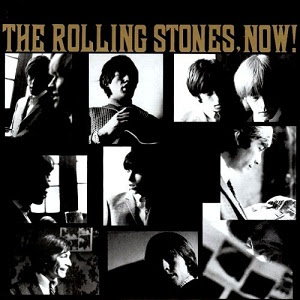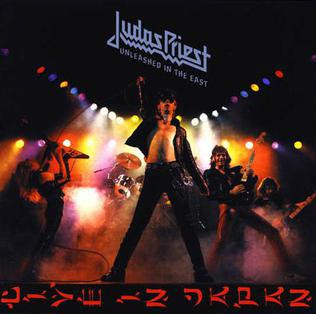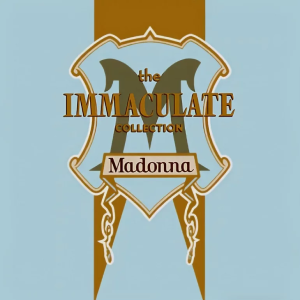I was inspired by a podcast called The 500 hosted by Los Angeles-based comedian Josh Adam Meyers. His goal, and mine, is to explore Rolling Stone Magazine's 2012 edition of The 500 Greatest Albums of All Time.
Album: #180
Album Title: The Rolling Stones, Now
Artist: The Rolling StonesGenre: Rock, R&B, Blues RockRecorded: Chess Record Studios (Chicago); RCA Studios (Hollywood)
Released: March, 1965My age at release: Not Born
How familiar was I with it before this week: A few songsIs it on the 2020 list? No
Song I am putting on my Spotify Playlist: Everybody Needs Somebody To LoveThis past Sunday, my wife insisted we go for a walk along the beach near our cottage.
"But it's raining," I protested, pointing out the nearby window at the foggy, drizzly December skyline.
"So," she countered, "we can dress for the weather, and you know you'll thank yourself later."
 |
| Our foggy view of Lake Erie (December 29, 2024). |
I conceded and now, as I warm myself by the glow of my laptop screen with a hot cup of green tea, I'm glad I did. I needed to get out and move my body. With a hip replacement surgery coming in the summer, I need to lose weight and strengthen my core in preparation for an easier recovery. It is a little painful to walk; but, as the mantra we use for motivation goes -- "Motion is lotion"
I used to exercise for vanity and fun, lifting weights and playing hockey three times a week in order to look good. These days, I am trying to ward off Father Time and remain more flexible and mobile as my senior years loom large. I haven't been able to play hockey for more than 18 months now (because of my right hip -- which is pretty much bone on bone now). However, I hope to return to the ice next season. Several of my beer league teammates are in their late sixties and even early seventies. They are an inspiration and have motivated me to keep "lacing them up" each season.
 |
The River City Rink Rats in 2019, a group I've played with for
more than 20 years. |
Another inspiring figure is Mick Jagger who, at 81 years of age, continues to perform energetically with his band of 63 years, The Rolling Stones. In 2024, Mick and The Stones performed 20 concerts on their Hackney Diamonds World Tour. Each night, Jagger danced, jumped and ran around the massive stage singing hits from the Stones' extensive catalogue with the energy and enthusiasm of a teenager. He credits a daily workout routine that includes running, cycling, kickboxing, ballet, weight training, Pilates and yoga. In fact, prior to each tour, he prepares weeks in advance by running at least eight miles a day.
 |
| Jagger on stage with The Stones in 2024. |
 |
| Movie Poster for The Blues Brothers. |
The Rolling Stones Now was a hit record, reaching number five on the Billboard 200 album chart and was quickly certified "gold" with more than 500,000 copies sold in 1964. My favourite bit of trivia about the record involves the liner notes that were included on the initial pressings. Penned by producer Andrew Loog Oldham, they humourously read:
"This is THE STONES new disc within. Cast deep in your pockets for the loot to buy this disc of groovies and fancy words. If you don't have the bread, see that blind man knock him on the head, steal his wallet and low (sic) and behold you have the loot, if you put in the boot, TRUNK? good, another one sold!"
It is fun to listen to and got me through one more workout as I persist in my efforts to approximate Jagger's physical prowess when I am in my 80s.




































.JPG)
